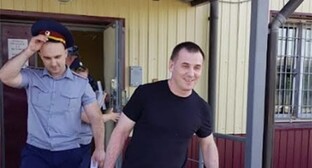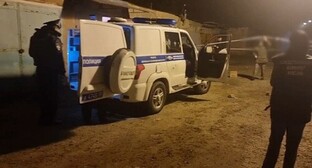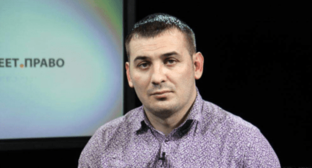02 June 2003, 04:33
Tsakhurs
Nation in the Caucasus. They live mainly in the mountainous districts of Dagestan (Rutulsky district) and in the north of Azerbaijan (Zakatalsky, Kakhsky and Belokansky districts). Their ethnic name is connected with the name of the main village Tsakhur. Their total population is 13,5 thousand people. They belong to the Caspian version of the Balkan-Caucasus race of the big European race. They speak Tsakhur language of the Lezghin sub-group of the Nakh-Dagestan group of the North Caucasus family. Azerbaijan (Tsakhurs of Azerbaijan and Dagestan) and Russian (Tsakhurs of Dagestan) languages are also common. Religious people are Moslems-sunnites.
Tsakhurs are the ancient population of the Eastern Caucasus. They are first mentioned (tsakhaiki) in Armenian and Georgian sources of the 7th century. In the 7-8th centuries Arabs penetrated the territory of Tsakhurs. Originally Tsakhurs lived within the borders of modern Dagestan, later they moved to the north of modern Azerbaijan. Most likely since the 15th century on the territory of Tsakhurs there existed a sultanate (with the center in Tsakhur, since the 17th century - in the village Yelisa). In the 19th century the grounds of Tsakhurs joined the Russian empire.
The main traditional occupation is cattle-breeding (mainly sheep-breeding). Tsakhurs of Dagestan in winter moved the cattle to the southern slopes of the Main Caucasus Ridge (Azerbaijan) where there were Tsakhur villages as well. Zakatal district served as the grain base of Tsakhurs, as in the mountains they could grow bread only for two or three months. Trades are carpet-making, processing leather, making metal dishes and jewelry. Tsakhurs of Dagestan practiced their trades while travelling: masons and carpenters went to make money in Azerbaijan and Georgia.
Traditional settlements are cumulus or elongated, located on the terraces. The stone houses have two rooms and a flat roof. One room was only used in summer, the winter room was partly underground (the floor was 1,5-2 m below the level of ground). In the center of the room there was a hole up to 1 m deep for the fire.
Traditional male costume is of common Dagestan and Caucasus type, the female costume is similar to that of Azerbaijan: a jerkin, wide folded skirt and an apron. The head gear - chukhta and hat-cap.
Traditional culture (folklore, folk music, dances) was influenced by the culture of Azerbaijan.




